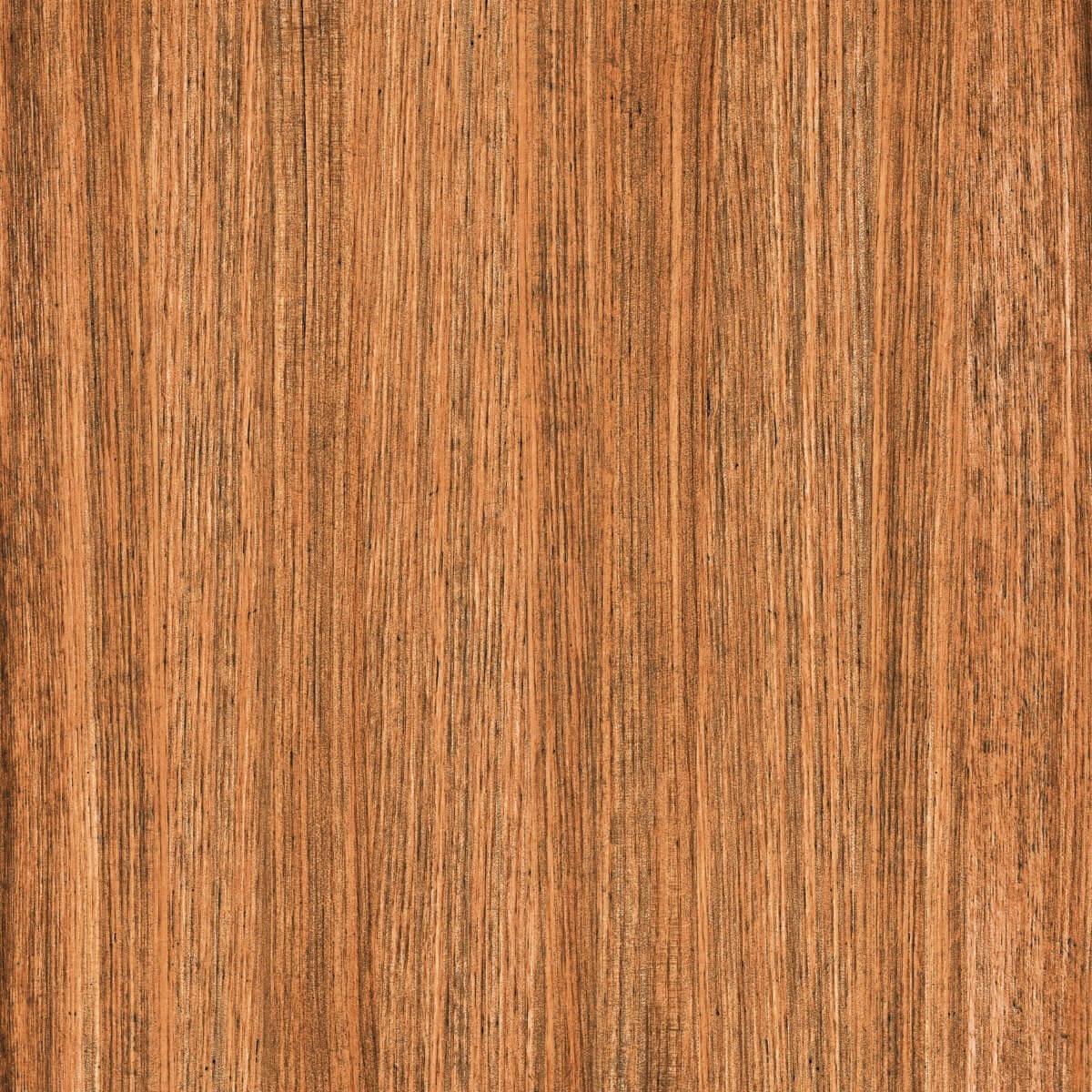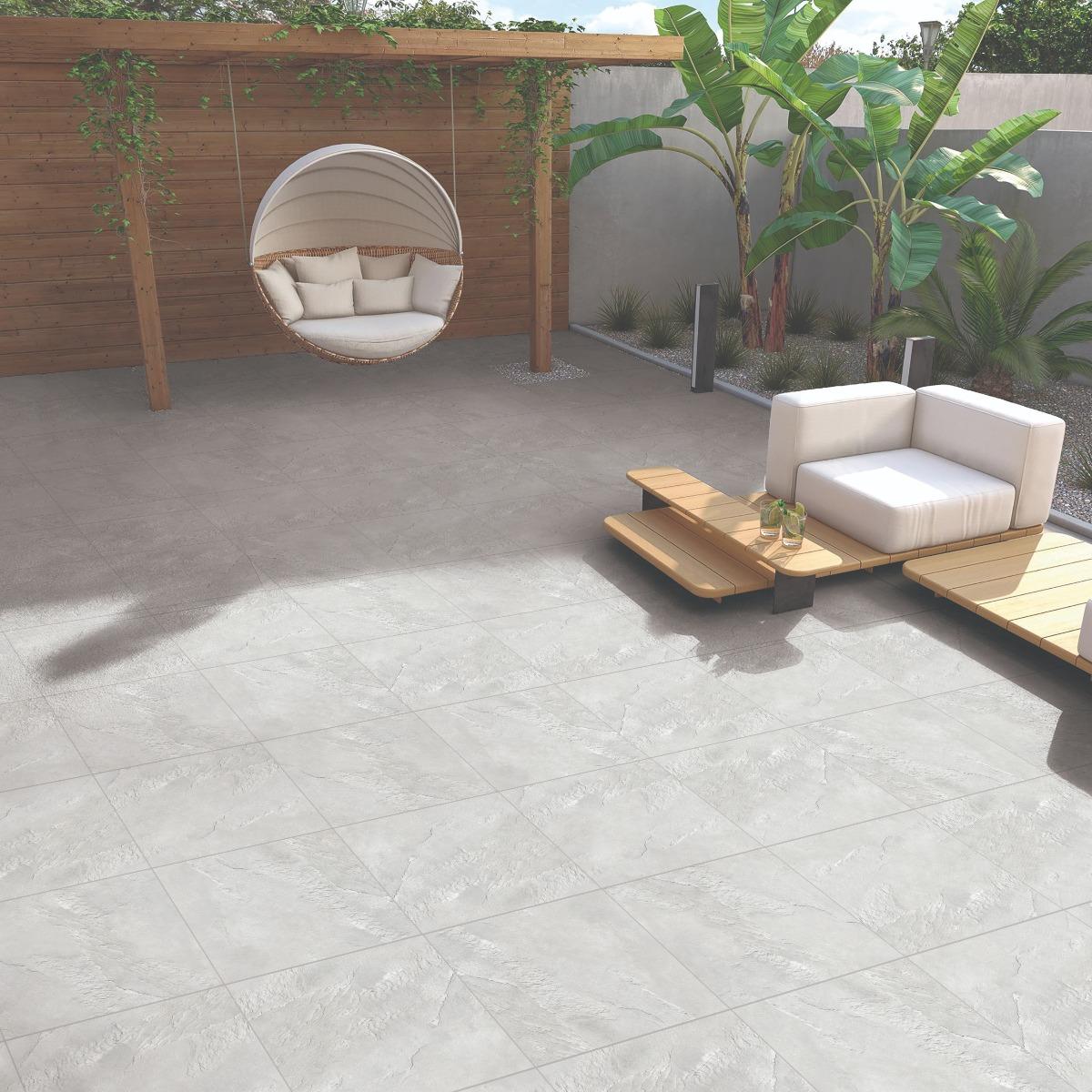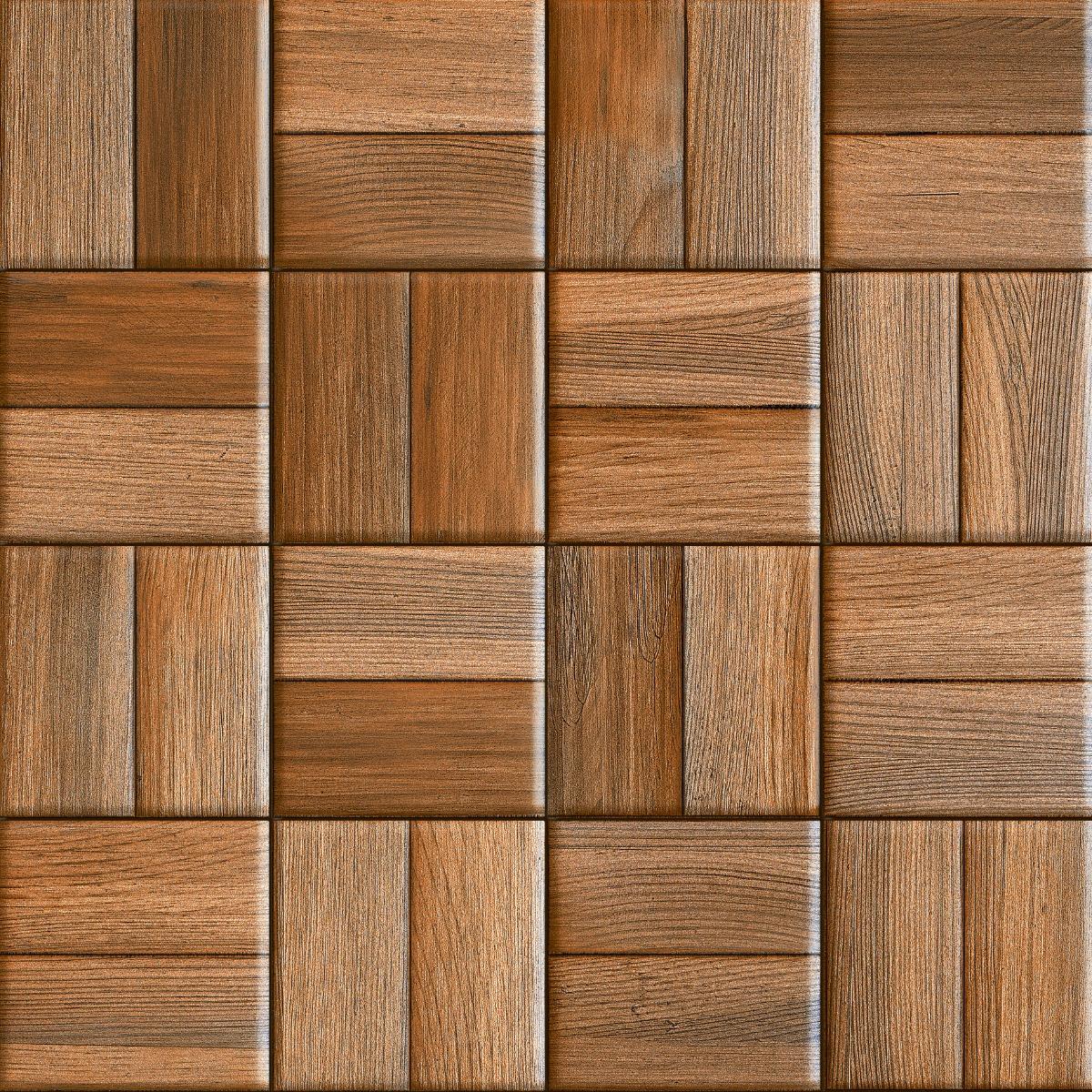Our kitchens produce a lot of smoke, odours and grime because Indian cooking is very elaborate and involves a lot of deep frying. Which is why, one of the recent kitchen trends is to divide the main kitchen into separate wet and dry kitchen areas. The wet kitchen is used for heavy cooking and dishwashing, while the dry kitchen is comparatively smaller and is used for light cooking, cutting fruits and baking.
If you are renovating your home, here are some of the ways in which you can create separate wet and dry kitchens for your ease.
Create a partition
![]()
The wet and dry kitchens are parallel kitchens which should be close to each other to ensure ease of movement between both these sections. It is advisable to partition the wet kitchen from the dry kitchen with a hinged or sliding door or a glass partition. However, make sure that the wet kitchen is not visible from the formal areas of the home as it is likely to be a little messy. On the other hand, the dry area may be more organized.
Ensure good ventilation
Wet kitchen should be a well ventilated area so that kitchen odours and pollutants are able to escape and the stale indoor air is replaced with fresh outdoor air.
Create a multifunctional dry kitchen
The best part about a dry kitchen is that it can be air-conditioned and be integrated with the living and dining areas of an open plan home design. Additionally, the dry kitchen can play a multifunctional role and double up as a bar or a breakfast counter.
Floor and Wall Tiles
![]()
In the wet kitchen, moisture and dust combine together to form grime which sticks on the walls and cabinets. You can easily maintain this area by installing backsplash tiles in materials like ceramic or porcelain. Go for matte finish tile flooring because glossy floors can become slippery when wet.
The design of the dry kitchen should match with the decor of the living-cum-dining room. You can go for premium countertop materials like quartz or marble. For the flooring, you can use marble, porcelain, ceramic or vitrified tiles.
Segregate kitchen equipment
![]()
Some of the kitchen equipment that are best suited for a wet kichen include a cooktop and chimney with high suction power to extract heat, kitchen pollutants and odours. The wet kitchen should also include a utensil sink, cookware, dinnerware and basic cooking utensils.
A dry kitchen may include kitchen equipments like a toaster, coffee machine, induction hob, baking equipment and a shallow sink for cleaning knifes and hand washing. Note that the refrigerator, microwave and mixer-cum-grinder are common appliances that will be used in both wet and dry kitchens.
Using these handy tips can help you segregate all the mess in a wet kitchen and combines the dry kitchen with your living and dining areas.
![]()



























